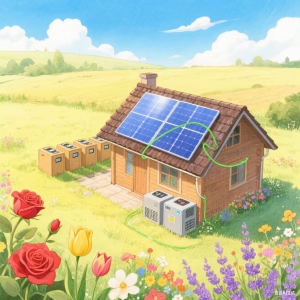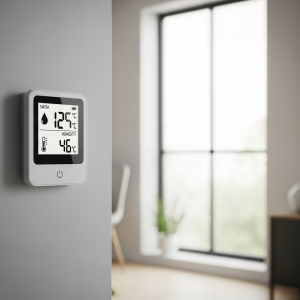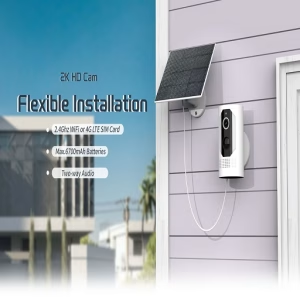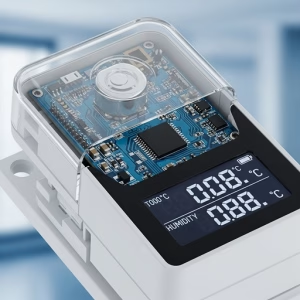IP65 vs. IP66: Choosing the Right Waterproof Security Camera for Your Needs
In today’s world, security cameras have become an essential tool for protecting our homes and businesses. With the increasing availability of outdoor security cameras, it’s crucial to understand the different levels of protection they offer against the elements. One of the most important factors to consider is the camera’s Ingress Protection (IP) rating, which indicates its resistance to dust and water. In this article, we’ll delve into the differences between IP65 and IP66 waterproof security cameras, helping you make an informed decision for your specific needs. 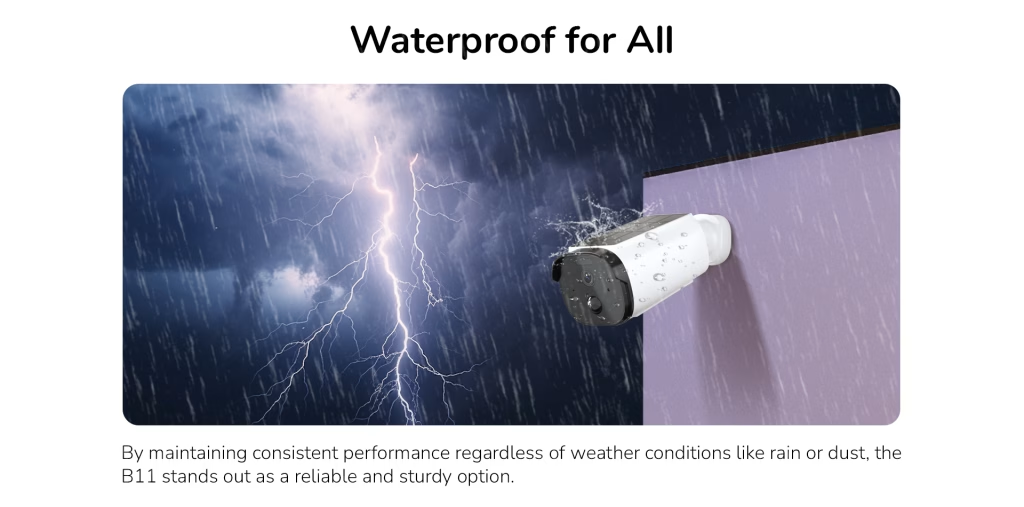
Understanding IP Ratings
The IP rating system is an international standard that defines the levels of sealing effectiveness of electrical enclosures against intrusion from foreign bodies (tools, dirt, etc.) and moisture. It consists of two digits:
- The first digit indicates the level of protection against solid objects, ranging from 0 (no protection) to 6 (dust-tight).
- The second digit indicates the level of protection against liquids, ranging from 0 (no protection) to 9K (powerful high-temperature water jets).
IP65: Protection Against Dust and Low-Pressure Water Jets
An IP65-rated security camera is designed to be dust-tight, meaning it can prevent dust from entering its enclosure. Additionally, it can withstand low-pressure water jets from any direction. This makes it suitable for most outdoor environments where it may be exposed to rain, snow, or occasional splashes of water.
IP66: Protection Against Dust and Powerful Water Jets
An IP66-rated security camera offers the same level of dust protection as IP65, but it can withstand powerful water jets from any direction. This means it can handle harsher weather conditions, such as heavy rainstorms or even direct exposure to a garden hose.
Key Differences Between IP65 and IP66
The primary difference between IP65 and IP66 lies in their level of water protection. While both ratings offer excellent dust protection, IP66 provides superior resistance to water ingress, making it more suitable for environments with heavy rainfall or where the camera may be subjected to strong water jets.
Choosing the Right IP Rating for Your Needs
When selecting a waterproof security camera, consider the following factors:
- Environment: If your camera will be installed in an area with frequent heavy rainfall or where it may be exposed to strong water jets, IP66 is the better choice. For most other outdoor environments, IP65 will provide adequate protection.
- Budget: IP66-rated cameras may be slightly more expensive than IP65-rated cameras. Consider your budget and weigh the cost against the level of protection you require.
- Specific Requirements: If you have specific requirements, such as needing to wash down the camera with a hose, IP66 is essential.
Additional Considerations
In addition to the IP rating, consider the following factors when choosing a waterproof security camera:
- Image Quality: Look for a camera with high resolution and good low-light performance.
- Field of View: Choose a camera with a wide field of view to cover a larger area.
- Night Vision: Ensure the camera has adequate night vision capabilities for clear images in low-light conditions.
- Storage: Consider whether you need local storage (e.g., SD card) or cloud storage.
- Connectivity: Choose a camera that supports your preferred connectivity method (e.g., Wi-Fi, Ethernet).
Conclusion
Choosing the right waterproof security camera is essential for ensuring reliable outdoor surveillance. By understanding the differences between IP65 and IP66 ratings, you can select a camera that provides the appropriate level of protection for your specific needs.

